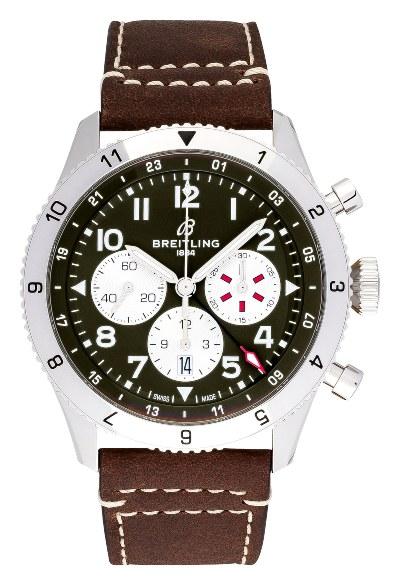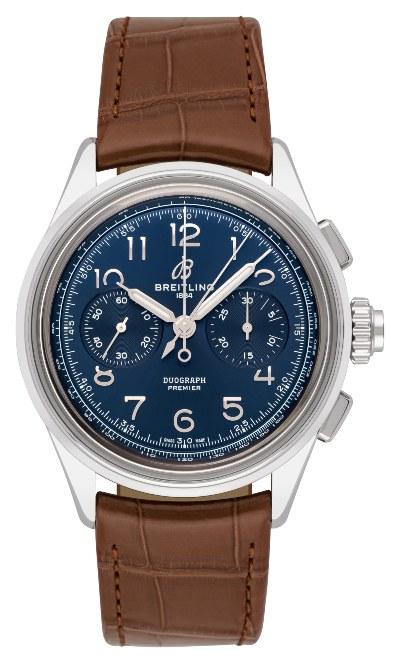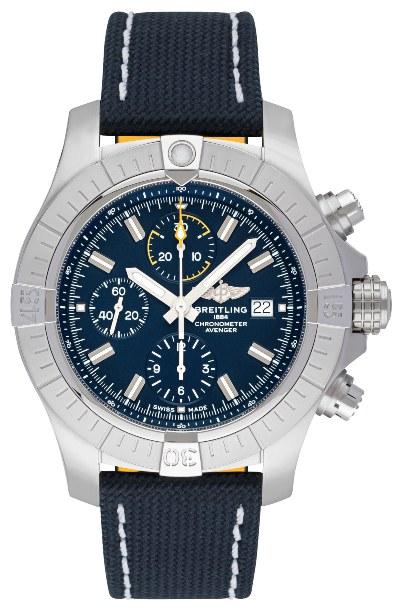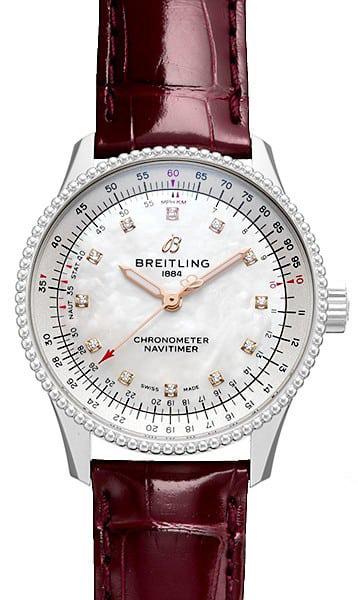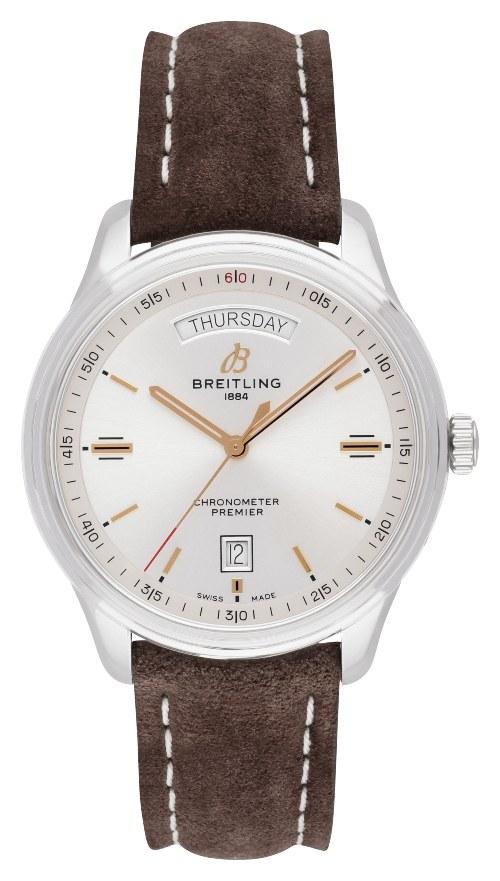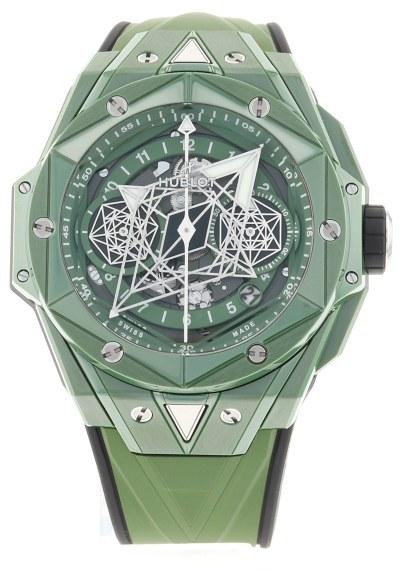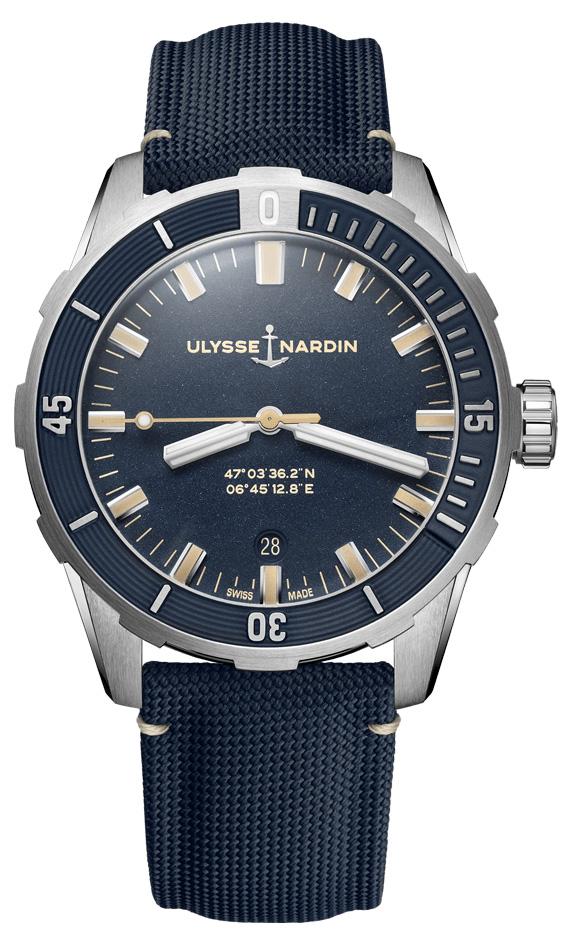« Digital certificate for the luxury watch »
It is the starting signal for a new, digital era: As the world’s first watch brand, Breitling will deliver all timepieces with a blockchain-based passport since October 2020, which is intended to guarantee maximum counterfeit protection. Each watch will receive its own NFT, which, in addition to guaranteeing authenticity, will enable tracking of repairs, transfer of ownership rights and quick access to product information. Find out what exactly is behind Breitling Blockchain here.
Why is the Breitling Blockchain useful?
For as long as there have been luxury watches, buyers on both the new and second-hand markets have been asking themselves an existential question: How do I know that my model is genuine? Nothing would be more bitter than the realization, after years of saving for the personal dream watch, that it is a fake. The advances in the fake market are disturbing: while in the past you could spot a fake Rolex by obvious flaws like printing errors, crooked numerals or extreme inaccuracy, today’s copies are indistinguishable from the original even under a magnifying glass. Often, the “premium fakes” are equipped with ETA movements to ensure reliable functionality. Opening the case back is no longer a guarantee of safety these days, because the professionals themselves imitate the look of the original movements. And worst of all, even the printed certificates of authenticity traditionally included with every luxury watch can now be replicated with frightening precision.
A digital certificate for the luxury watch, based on blockchain technology, could put an end to the triumphant advance of the international watch counterfeiting scene at a stroke. Because while physical certificates are comparatively easy to imitate, the NFTs on which Breitling Blockchain is based score points for their immutable and thus extremely forgery-proof character.
How does the Breitling NFT work?
For all non-informaticians: NFTs (Non-Fungible Tokens) are digitalized forms of assets. A specific value (for example, a property, a work of art, or a wristwatch) is assigned a token that represents the ownership rights to the respective object and can be traded. Integrated into a blockchain whose individual information blocks are always traceable, this NFT cannot be copied. To implement the complex technology flawlessly, Breitling is working with Arianee, a French specialist in blockchain-based certificates of authenticity. The Arianee protocol enables the creation of a digital identity for each individual watch. It is immutable because it is stored in a central database that no one can connect to for the purpose of manipulating data.
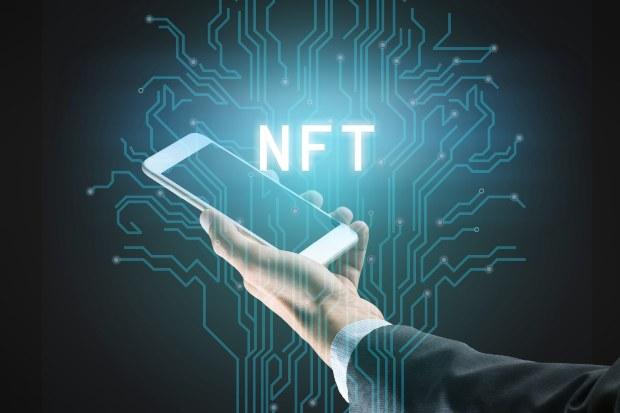
How to get access to the digital passport?
Watch owners are unaware of the background processes of the Breitling NFT and its complexity. The information stored in the digital identity, which primarily includes the serial number, purchase date and warranty status of the timepiece, but also the coveted COSC certificate, is clearly mapped in the blockchain watch passport. The latter is accessible exclusively via a digital wallet. For customers, the process is as simple as “1 scan, 1 click”: a validated e-warranty card is included with their new watch, and they scan the QR code with their smartphone. An image of his watch then appears with all the relevant information and the option to download the wallet. It is exclusively via this wallet that the digital identity of the Navitimer, Chronomat or Superocean can be viewed.
What are the benefits of Breitling blockchain technology?
If the wallet is stored on the owner’s own device, an integrated transfer function opens up to prove the authenticity of the watch. But the function of the passport goes beyond a pure digital watch certificate: If, for example, you want to sell the timepiece and transfer the ownership rights to the successor, this can be done with just a few clicks. At the same time, the digital watch certificate contains all product information, including the complete history: What maintenance was performed at what time? When was the watch registered? On what date was it purchased? Repairs are stored in the Breitling Blockchain watch with the help of a time stamp, as is the warranty status. The latter can be extended via the passport. In the future, the functions will be supplemented by insurance services that can be taken out against loss and theft. Shorter response times in the event of an emergency are a key benefit of this expansion.
New customer service platform established
For Breitling, a digital watch certificate goes beyond the benefits mentioned so far. The manufacturer wants to use blockchain technology to build a new customer platform and grant wallet users preferential access to events or limited editions, for example. If one has a prominent purchase history with the traditional Swiss brand, all watches in the collection can be clearly managed. Breitling emphasizes that its digital certificate for the luxury watch grants maximum data protection and users retain full control over their personal information. At the same time, the manufacturer is using the new digital platform to personalize the customer experience and gain valuable information about the preferences of its watch fans. These in turn could be targeted more specifically to new offers in the future and benefit from a “symbiotic customer-brand relationship,” as the manufacturer itself puts it.
Other brands follow suit
The new Breitling Blockchain can be used to secure all watches delivered from October 13, 2020. Added to this are the 2,000 models in the limited Breitling Top Time collection, in which the technology already celebrated its premiere a few months earlier. These days, it doesn’t matter whether you buy a Superocean, Chronomat or Navitimer – every owner has the option of depositing their timepiece as a digital asset. There is, of course, no compulsion to do so, but in our opinion, the advantages are too great to forego the split-second registration.
In the future, we can expect the use of blockchain technology to increase across the watch industry. Already, Breitling’s move has inspired other brands, such as Hublot and Bulgari, to set up digital safeguards. Ulysse Nardin has also followed suit.
Given the growing market for both new and used timepieces, as well as the frightening advances of watch counterfeiters, the case for blockchain is stronger than ever. It could be the decisive weapon to grant buyers of valuable watches maximum security in their future purchases and save the industry from billions in damages. And what will become of the beautiful, ornate certificates of authenticity of days gone by? For us, there is nothing to stop us enjoying the nostalgia of the printed word in the future – in parallel with the blockchain.
 Uhrinstinkt Magazine
Uhrinstinkt Magazine


